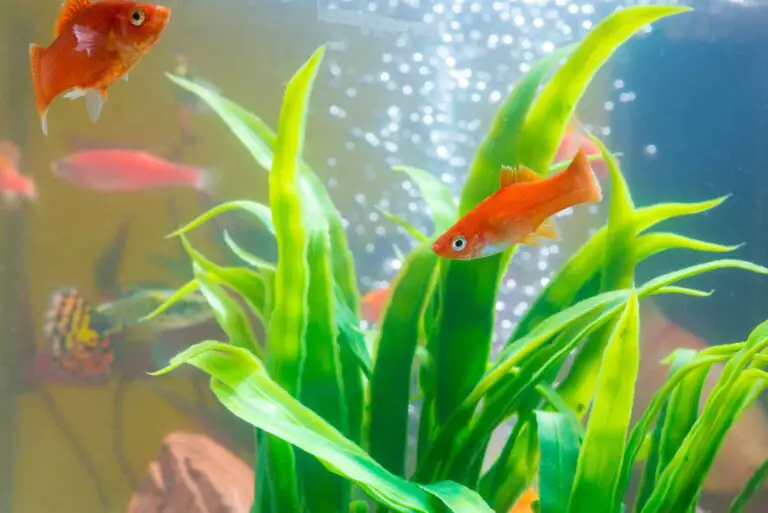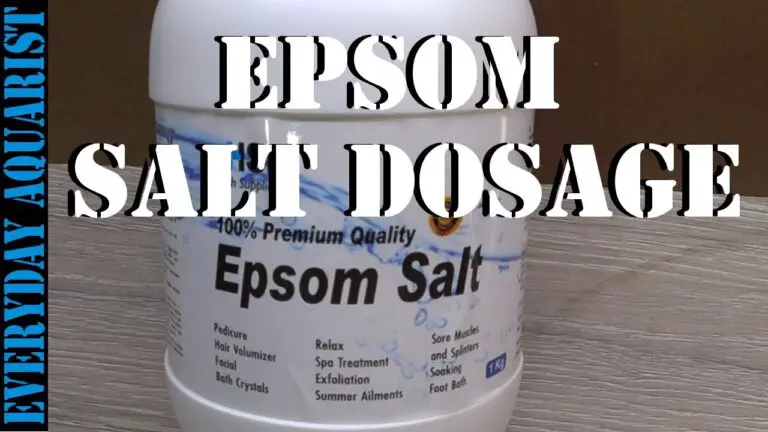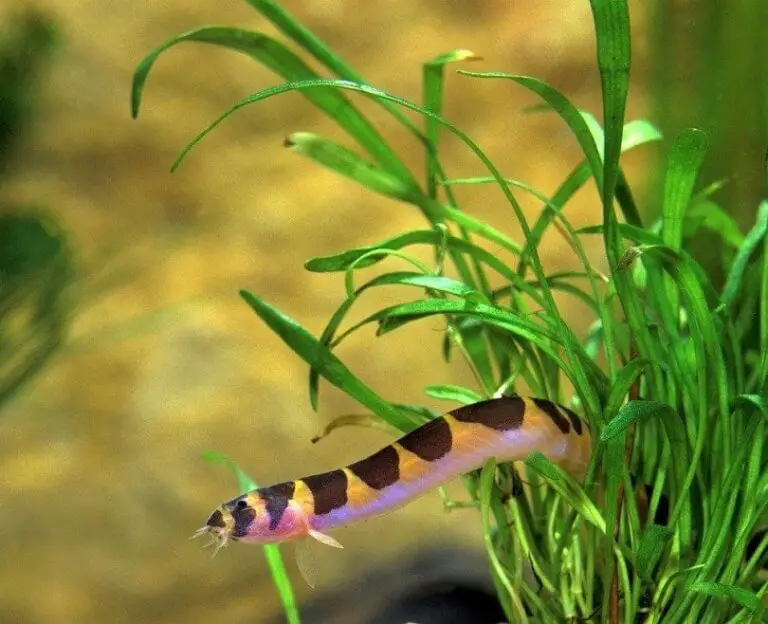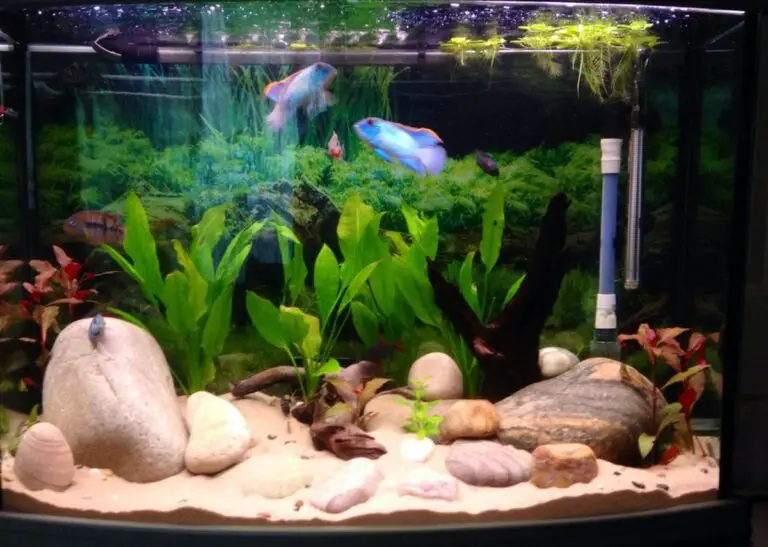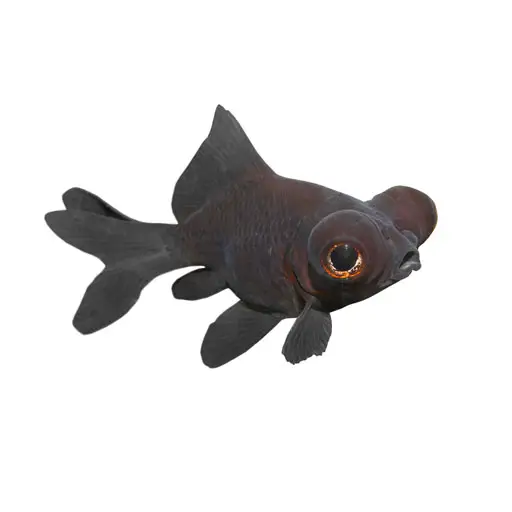How Does Java Moss Reproduce?
Java moss reproduces asexually by fragmentation. During this process, pieces of the moss break off and develop into new, separate plants. The broken pieces can be as small as one cell or they may contain several cells attached to each other.
These fragments can develop directly into new plants without requiring any special conditions, such as light or water quality. Additionally, Java moss also reproduces sexually via spores released from capsules on the stems of the plant. When these spores are released in an aquatic environment with adequate moisture and temperature levels, they will germinate and form new colonies.
This is why it’s important to keep aquariums clean when cultivating Java moss so that spores don’t spread throughout your tank!
Java moss reproduces primarily through vegetative propagation, which is the asexual production of new plants from parts of the parent plant. It can develop adventitious roots and branch off small portions that can be replanted to form a new colony. This process requires no specialized equipment and simply involves cutting pieces of java moss from an established clump and strategically planting it in another area of your tank or aquarium.
Java moss is also capable of sexual reproduction; however, this process occurs on rare occasions since it needs specific environmental conditions to stimulate gamete (mating cell) production.
Java Moss Carpet
Java Moss is a popular aquarium plant known for its versatility and hardiness. It’s an ideal choice to create a carpet effect in freshwater tanks, as it grows quickly and can tolerate a wide range of water conditions. The moss can be attached to rocks or driftwood with fishing line or thread and then left to spread across the tank floor.
Java Moss carpets are aesthetically pleasing, provide shelter for small fish, and help maintain good water quality by absorbing pollutants from the substrate.
Does Java Moss Spread
Java moss is a type of aquatic moss that is extremely popular in aquascaping, due to its low-maintenance nature and adaptability. One fascinating aspect of java moss is its ability to spread quickly throughout an aquarium environment. This spreading occurs through the growth of rhizoids, which attach themselves to hard surfaces like rocks or driftwood, allowing the plant to move further out into the tank.
As long as there’s adequate lighting and nutrients available, Java Moss will continue to expand over time and cover more ground in your aquarium.
How to Grow Java Moss Out of Water?
Java moss is one of the easiest aquatic plants to grow, and it can be grown out of water as well. To do this effectively, you’ll need a container with a shallow depth, such as an aquarium or even a plastic bin. Place the Java moss in the container and fill it up halfway with nutrient-rich soil.
Add just enough water to keep the moss moist but not soaked. Keep the container in indirect sunlight and misting frequently will help maintain humidity levels and promote growth. With proper care, your Java moss should start to sprout new shoots within a few weeks!
Does Java Moss Need Substrate?
Java moss does not require substrate to grow, however it will attach itself to any type of surface like rock, driftwood or aquarium glass. It is a very low maintenance aquatic plant that can thrive in almost any water conditions and doesn’t need fertilizers or CO2 injection. Java Moss can also be used to provide shelter for small fish and fry which makes it an ideal addition to any freshwater tank.
How to Plant Java Moss in Gravel?
Java moss is a popular aquatic plant that can be easy to grow and maintain in gravel substrate. To begin, it’s best to break off small pieces of the moss and place them on top of your aquarium gravel. You can also use a thin layer of peat or soil underneath the moss as long as you keep it well-aerated.
Next, lightly press down on the pieces with your fingers until they are securely attached to the gravel bed. Finally, make sure to provide adequate lighting for optimal growth and maintenance – Java Moss prefers low light levels and high humidity!
How to Trim Java Moss?
Trimming Java Moss is an easy task that can be done to maintain a healthy, lush environment for your fish. To trim it, simply pinch off any dead or overgrown pieces with your fingers and discard them. You can also use scissors or tweezers to help you get into tight spots and make precise cuts.
Doing this will promote new growth and give the moss a neat appearance in your aquarium.
How to Grow Java Moss Fast?
Java Moss is an incredibly fast-growing aquatic plant that can be used to create a lush, vibrant aquarium. To ensure your Java Moss grows quickly and healthily, make sure it’s placed in an area with medium lighting and warm water temperatures between 68°F – 82°F (20°C – 28°C). Additionally, provide them with plenty of nutrients from fish waste or liquid fertilizers to help speed up the growth process.
With some patience and proper care, you’ll have a beautiful tank full of healthy Java Moss in no time!
How Fast Does Java Moss Grow?
Java moss is a fast-growing plant that can reach maturity in as little as two weeks under ideal conditions. It propagates quickly, via spores and pieces of the moss itself, and can form a lush carpet over substrates within just a few months. With proper attention and care, Java moss can provide an interesting backdrop for aquariums or terrariums with minimal effort.
Does Java Moss Spread Out?
Java moss is a popular aquarium plant that has been used in aquascaping for many years. It is known to be quite hardy and can grow in many different conditions, including low light levels. In addition, it’s also known to spread quickly, making it an ideal choice for those seeking a carpeted effect or other unique looks within their aquariums.
So the answer is yes. Java Moss does indeed spread out! This happens primarily through small branching stems called rhizoids that anchor themselves into surfaces such as rocks and driftwood. The branches then form new growth points from which additional moss spreads outwardly from the original point of attachment.
Not only does this help create a better aesthetic, but it also helps fill gaps between objects like wood or stones more quickly than if left alone without any intervention. Additionally, Java Moss will propagate itself by producing spores which are released into the water column when mature enough; this further contributes to its ability to spread throughout an aquarium environment relatively rapidly compared with other aquatic plants.
How Do You Mass Produce Java Moss?
Mass producing Java moss is a relatively easy process that can be done by anyone with the right ingredients and tools.
The first step is to gather your materials: you will need a container that provides enough space for your Java moss, some kind of substrate (for example, gravel or small rocks), and water. Once you have these materials at hand, it’s time to start mass producing! Begin by filling your container with the appropriate amount of substrate and water. Make sure that all of the material is evenly distributed throughout the container.
Next, take a handful of Java moss and place it on top of this layer; feel free to spread it around as much as possible.
Finally, cover the container with plastic wrap so that moisture stays trapped inside while still allowing light in. This helps create an ideal environment for growth. With regular maintenance such as misting once a day and occasional trimming to remove any dead leaves or stems, you should begin seeing results within weeks!
How Do You Increase Java Moss Growth?
Java moss is a popular plant in aquariums and terrariums that has quickly become one of the favorites among aquarists. It grows quickly and easily, doesn’t need much light or fertilizer, and provides great aesthetic value to any tank. However, it can still be difficult to get your Java moss to grow fast enough for you.
Luckily, there are some easy steps you can take to increase its growth rate. First off, make sure your water temperature is between 70-80 degrees Fahrenheit as this will help with faster growth rates. Additionally, try adding CO2 into the tank as this helps with nutrient uptake by the java moss which stimulates faster growth rates as well.
You may also want to consider pruning your java moss from time-to-time so that it maintains its shape and does not become too dense in some areas while leaving other sections sparsely populated.
Finally, having plenty of nutrients available in the water column will give Java Moss an extra boost when it comes to growing quickly. Fertilizers specifically designed for aquatic plants work best here but organic sources like fish waste or liquid seaweed are also effective alternatives if necessary! All of these methods taken together should result in increased Java Moss growth over time – just remember not to go overboard on any one element as too much of a good thing can often have adverse effects!
How Does Java Moss Attach Itself?
Java moss is a type of aquatic plant that can attach to almost any surface, including rocks and driftwood. It does this by using tiny root-like rhizoids which are able to penetrate the substrate material. The rhizoids absorb nutrients from the water and anchor the Java Moss in place.
In addition, some species have small hooks on their stems which help them cling onto surfaces even more securely. While it may seem difficult for such a delicate plant to stay attached, it has an impressive ability to do so! With proper care, your Java Moss should remain firmly rooted in its desired location for years at a time.
Easy Way To Grow Java Moss – IDEAL BEGINNERS GROWING GUIDE!
Conclusion
Java moss is a great addition to any aquarium, providing attractive foliage and oxygenating the water. It requires minimal care and can reproduce either by spores or fragmentation. Its ease of reproduction means it will quickly spread throughout your tank if left unchecked, so regular maintenance is necessary to keep it contained.
With basic knowledge of its needs and care requirements, you can successfully add Java moss to your tank for an attractive low-maintenance addition.

